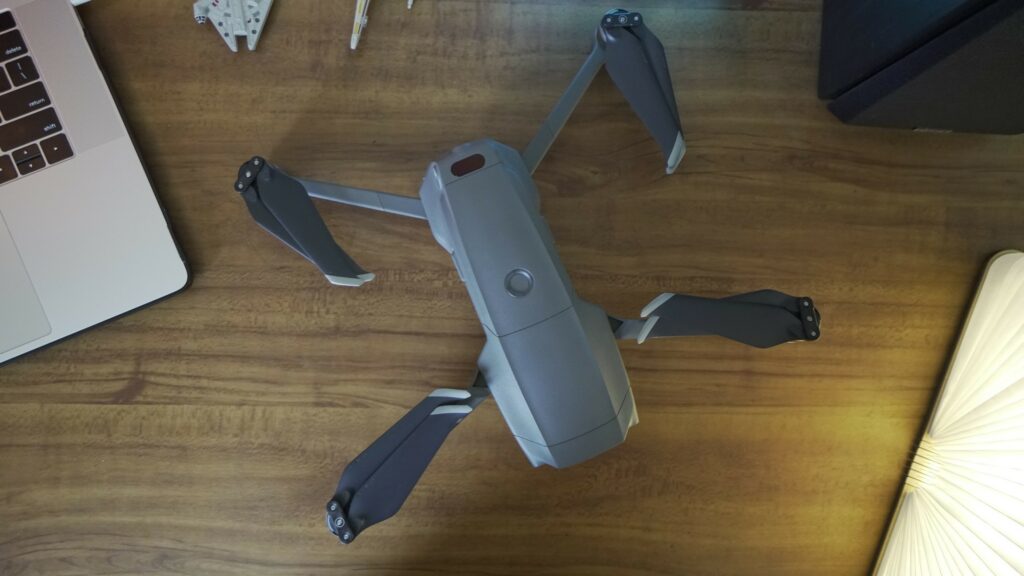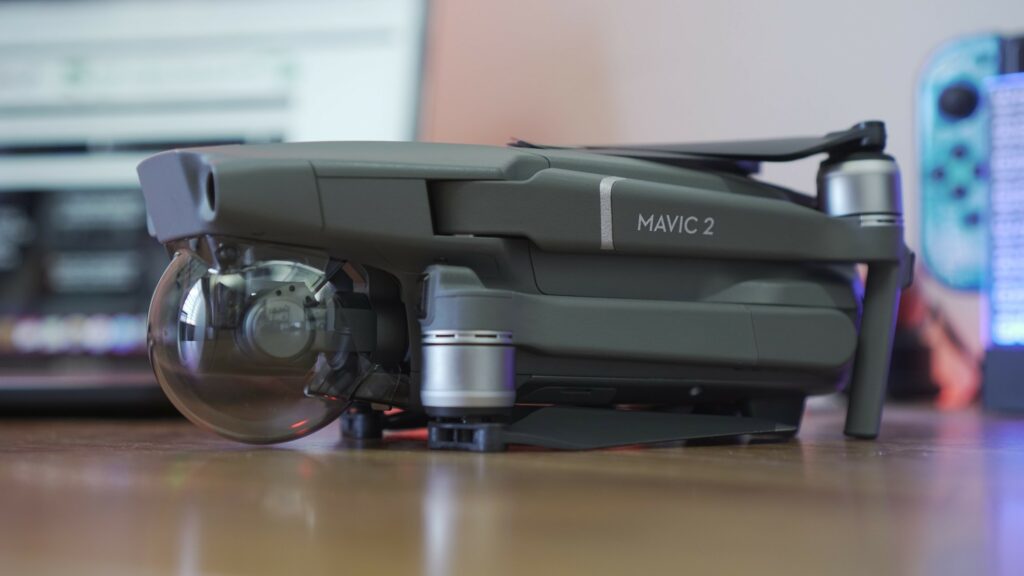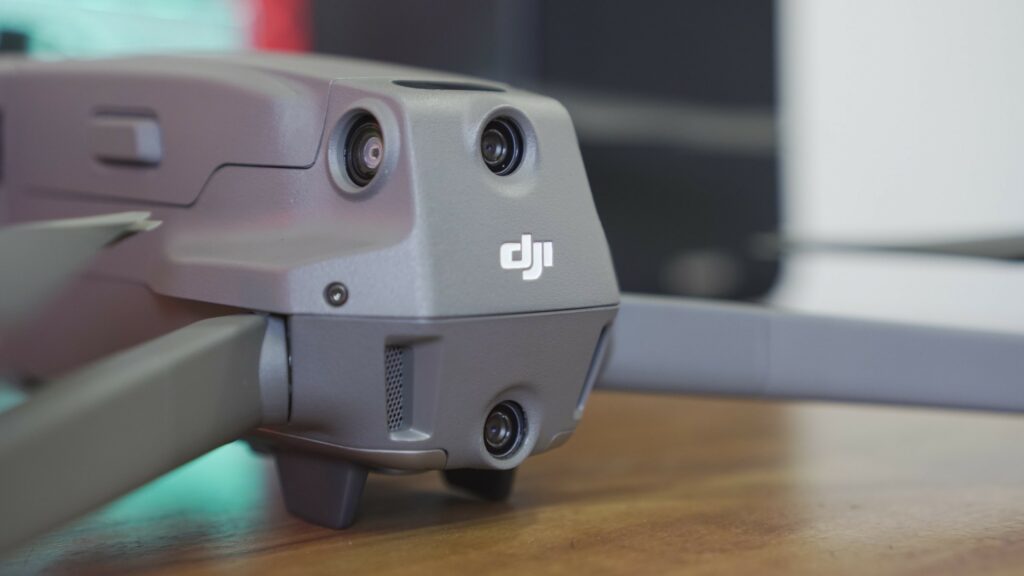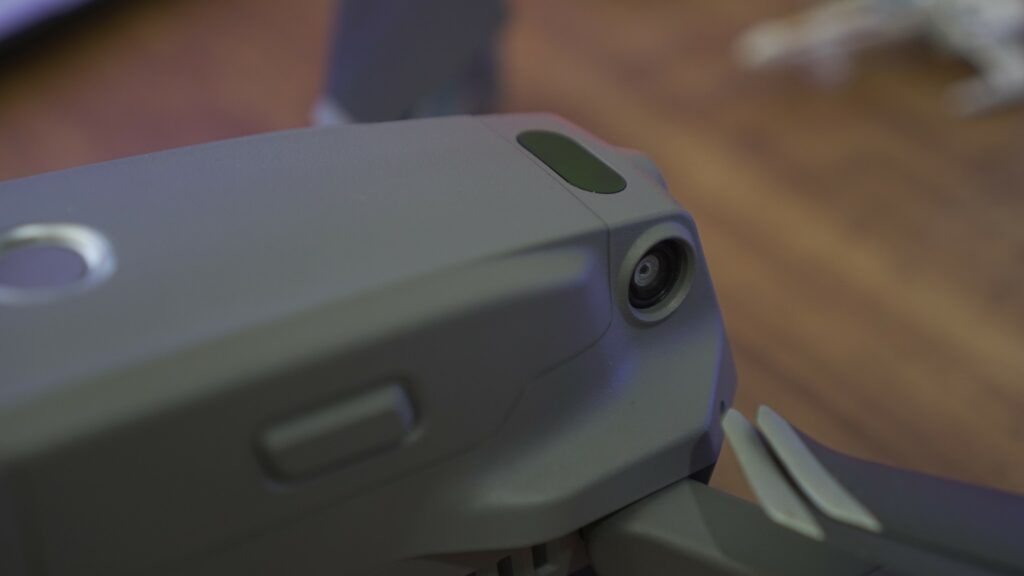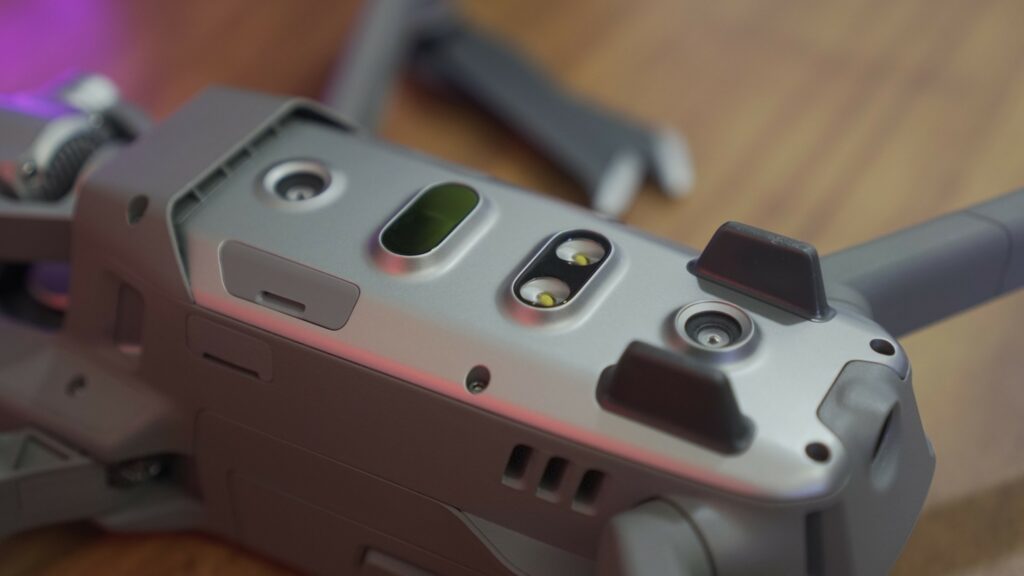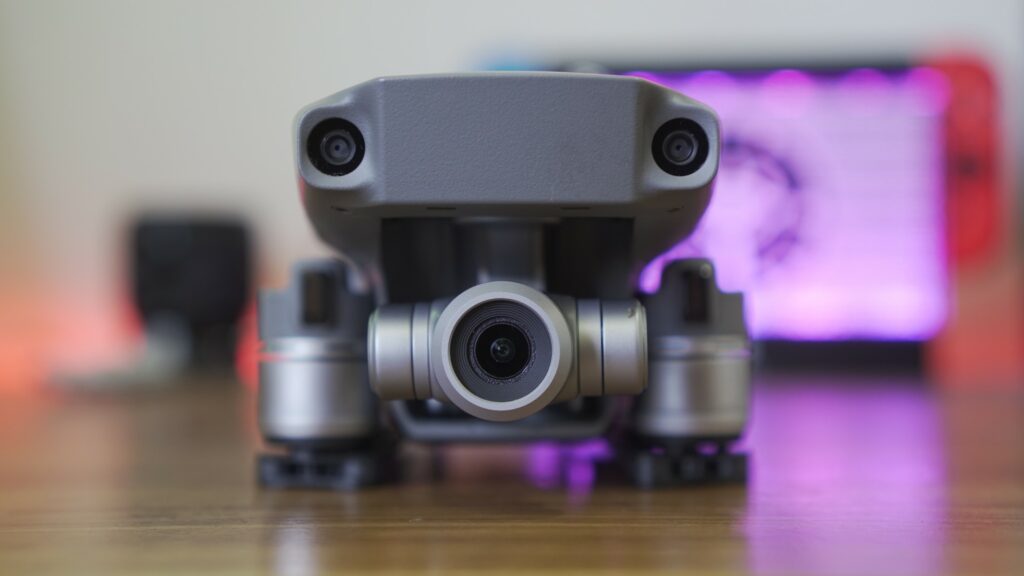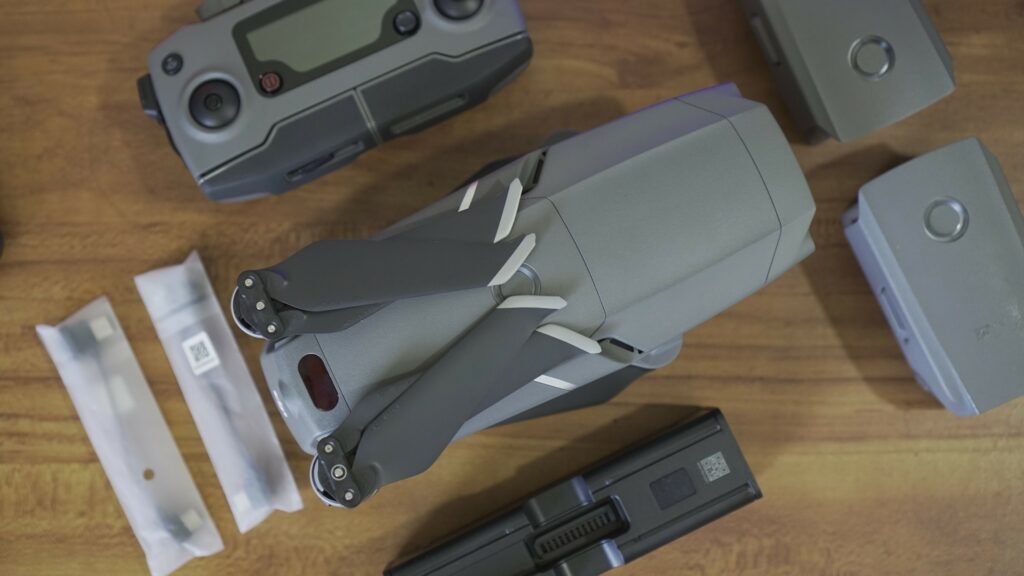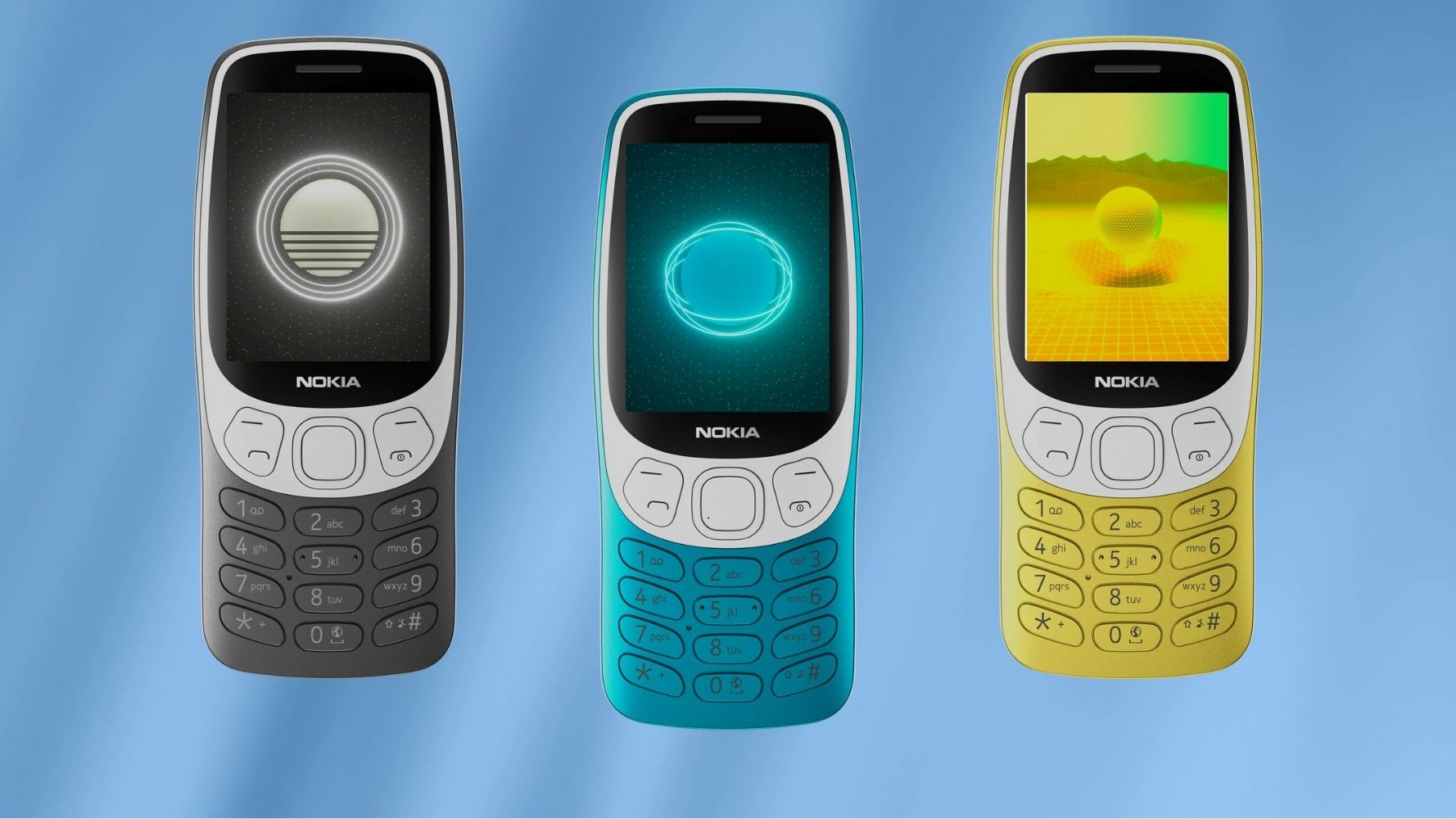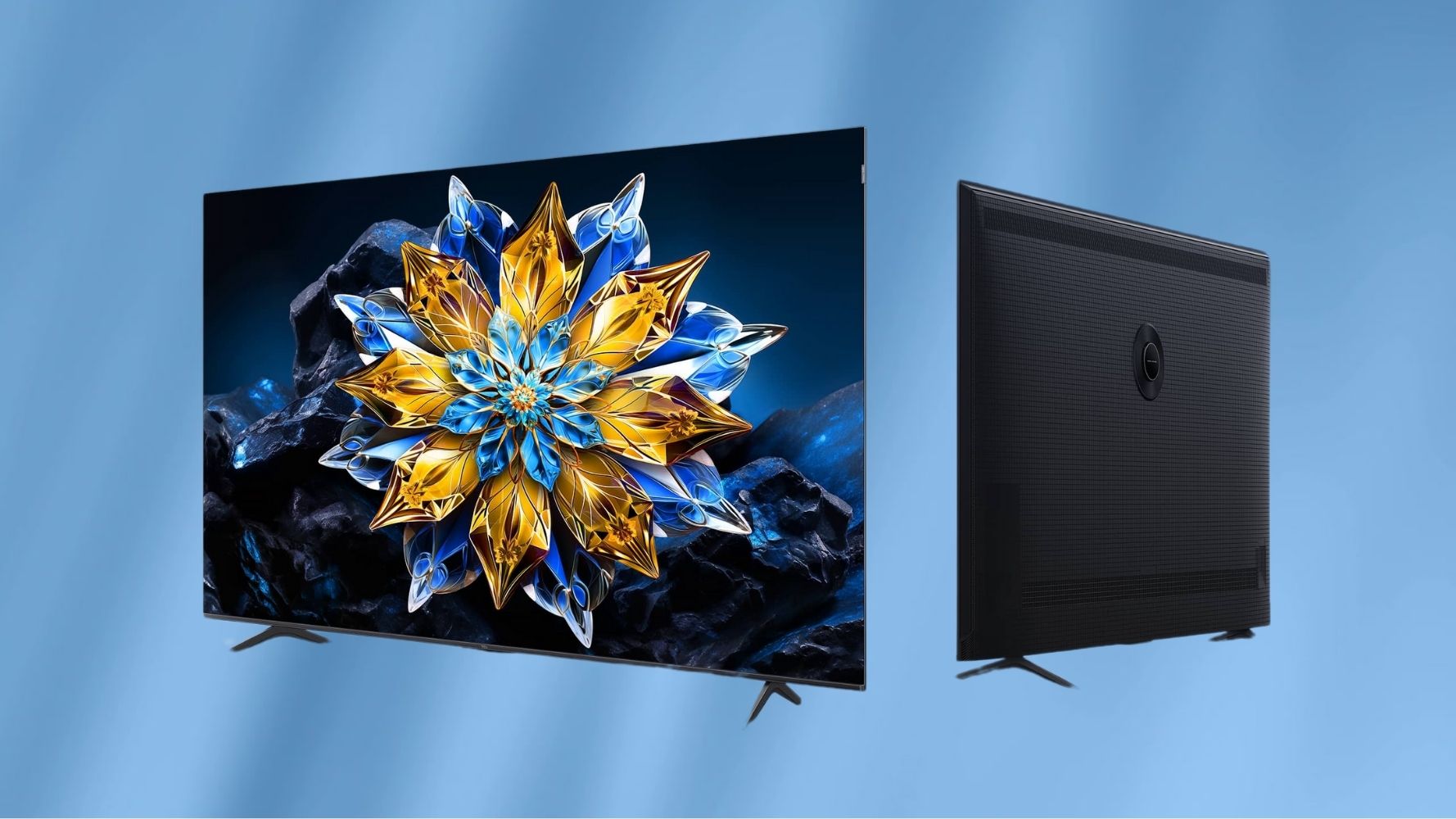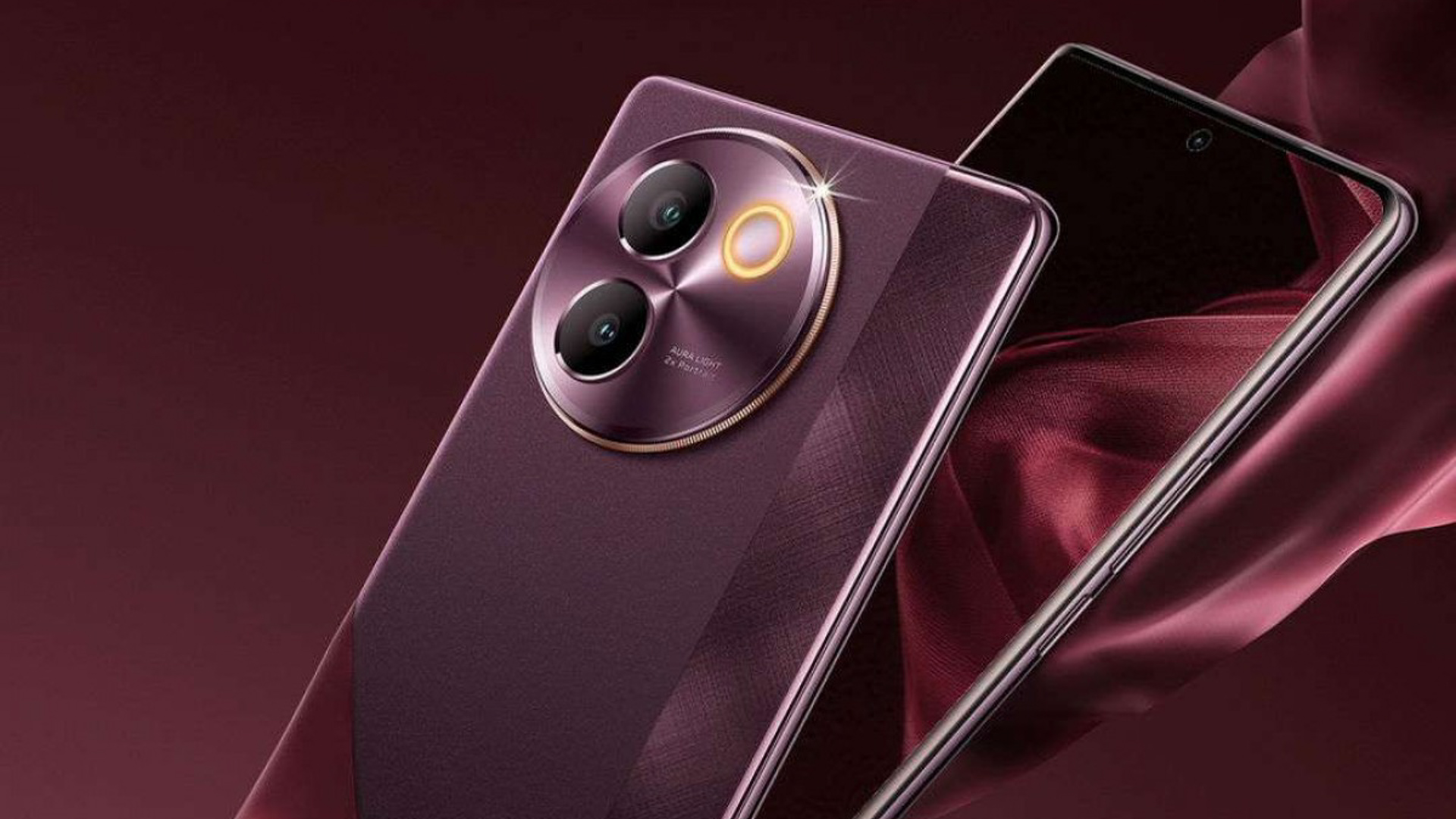We Take Flight with the Mavic 2 Zoom!
In the world of consumer UAVs, there’s no doubt that DJI rules the skies and they’ve been killing it with each release new release too. One of their latest drones to take off is the new iteration of Mavic Pro, which has two variants this time around. The “vanilla” Mavic Pro 2 that’s equipped with a camera from Hasselblad and the Mavic Pro 2 Zoom, which — as you can probably tell by the name — has optical zoom with a focal length that can take from 28 to 48 mm. In this review, we’ll be taking a look at the latter.
Mind you though, I’ll be taking this from the lens of a user that hasn’t quite booked enough flight time and I do consider myself as somewhat a novice when it comes to flying drones. That’s just something to keep in mind.
Larger than the Last Yet Still Compact
One thing that we loved about the first Mavic Pro was the fact that it folded up into something more compact that one of the pairs of my size 12 shoes. At the time of its release, that was pretty much unheard of and it made traveling with the drone a lot easier as you didn’t have to take around a suitcase similar to the ones we had to take around with the Phantom 4.
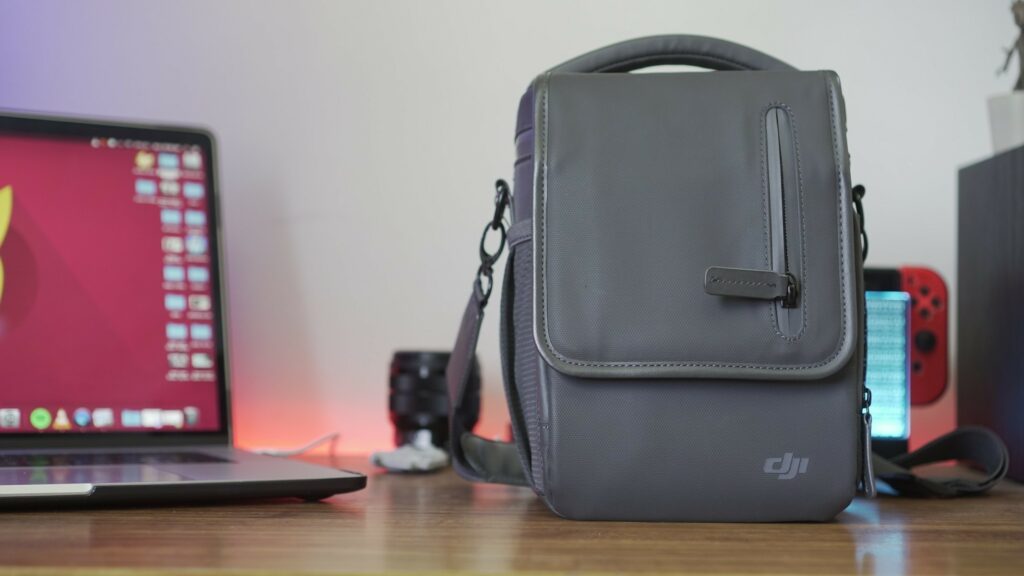
The DJI Mavic 2 Pro and Zoom have larger bodies than the Mavic Pro, which definitely shows when you weigh them. The 2 Pro weighs in at 907 grams and the 2 Zoom is a hair lighter at 905 grams, which is a big bump up from the 734 grams that the first iteration has. Despite the bump up in size, it still effortlessly packs nicely in a small bag and that’s with the spare batteries that it comes with.
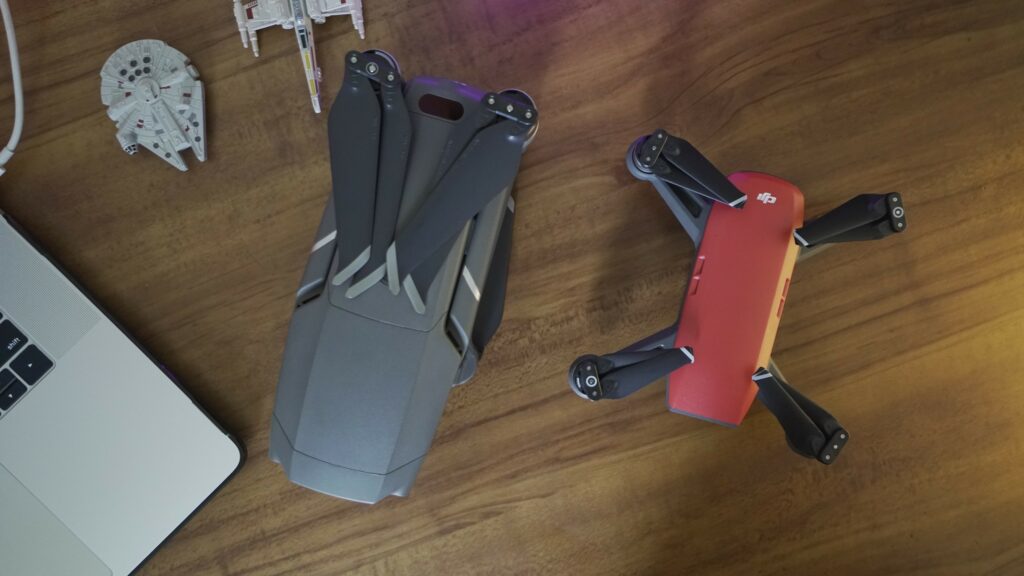
Heck, we found it easier to pack up than our DJI Spark.
Even Safer to Fly
As I mentioned earlier, I still consider myself a bit of a novice when it comes to flying a drone so it’s great that DJI has made the Mavic 2 easier and safer to fly. What do I mean by that?
While there’s always a chance of crashing your drone, they’ve put a lot more sensors on the Mavic 2. Previously, you had 4 vision sensors to help you not run into things when you’re flying. This time, they’ve significantly upped the sensor count on the Mavic 2 Pro and Mavic 2 Zoom. You’ve got ones for the side, top, and behind the drone as well to significantly minimize the risk of losing your investment. I definitely know that I would have been in trouble with the company and would have to pay for the review unit if they weren’t there.
One thing you might have noticed is that there are also LED lights on the bottom of the bottom of the Mavic 2 Zoom. This is to help it land safely as well if you plan on taking your drone out for some night shots. We do have to remind you though that according to the CAAP, flying at night is not allowed. It’s good to know that the light is there but you should definitely follow the drone laws here and abroad as well.
No Surprises Here. The Output Is Great.
Of course, flying the drone around is fun in itself but I’m guessing you’re here to see the actual output from the camera and, well, it didn’t disappoint. Let’s talk about hardware first though.
As you might know, the camera of the DJI Mavic 2 Zoom is mounted on a 3-axis gimbal for amazing smooth shots. That camera is at 12-megapixels with a 1 / 2.3” CMOS sensor that’s capable of giving you videos up to 4K and photos at 48MP Super Resolution. Honestly, there’s nothing much I can complain about in this department. The videos we were able to take were breathtaking. We were on auto for the most part (since I was more concerned about not crashing the drone) but despite that, our clips came out great.
Check them out in the video below. The footage was shot in 4K but downscaled to 1080p.
In the hands of a pro, I think that shots would have been even better but not bad, eh?
Dolly Zoom? What’s that?
One thing we brought up in the intro was the Mavic 2 Zoom’s ability to… well… Zoom. The camera can go from a focal length of 28mm that gives you a wider shot to 48mm that helps you get closer to your subject without having to fly in as to not bother whatever it is your shooting. It can be used for rather creepy things but, again, we trust that you aren’t the sort of person to do something like that.
DJI gave us a ton of Quick Shot options so you easily get cinematic drone shots at a touch of a button but something that’s unique to the Mavic 2 Zoom is what they call “Dolly Zoom”. This gives you a parallax effect in your shots as the drone flies backward and the camera zooms in.
We Ran Into a Slight Issue
Our time with the DJI Mavic 2 Zoom was quite as smooth as we wanted it to be. We ran into issues where the controller would disconnect despite having great GPS signal, wide open spaces, and always line-of-sight with the drone.
After doing a bit of digging on the reddit, we found out this was an issue with the current version of the software we were running on the Mavic 2 Zoom where it would switch between the onboard memory and micro SD card even having set the default storage to the said micro SD. This is a software-based issue and all we had to do is roll it back to the previous stable firmware and it was all good from then on.
Verdict: Mavic 2 Pro or Mavic 2 Zoom?
The DJI Mavic 2 Zoom is priced at Php 76,300, while the Mavic 2 Pro is at Php 98,800 and the price will definitely play a huge roll in what people will end up getting. While we haven’t gotten our hands of the Mavic 2 Pro just yet, we think that it’s something that filmmakers will want to use because of the capabilities of that Hasselblad camera that DJI has put on there but we do see the benefit of having that Dolly Zoom for a unique effect that we can easily see as an addition to any wedding SDE and let’s face it — a well composed aerial shot can wow any audience.
Drones from DJI have and continue to impress the heck out of us and, we’re guessing the general public too. This puts a rather premium price tag on their products, yes, but we do think that they’re worth it. Honestly, we think that you can’t go wrong with either of these products; especially if you make money out of aerial photography and videography.



